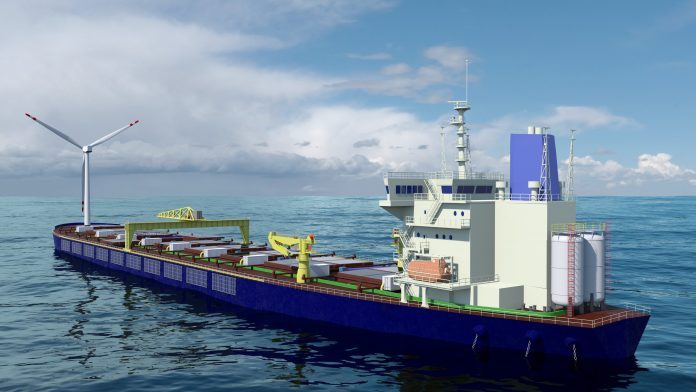The Turks have done it, and now the Norwegians have a go
As the count of novel license applications to Norway’s special round wound down last week, one ship-shaped applicant stood out.
Floating Fish Farming Unit — a joint enterpise of Emilsen FisK and Green Energy Fish Farming — sought a concession for an anchored “floating production vessel” of closed-off and segregated production areas.
“We have chosen to use a ship as production unit for aquaculture and the distribution of salmon. The concept is based on the reuse of an existing ship, which is already constructed to tolerate natural forces of the type found at sea,” a company communique said.

That statement said the business entity would prioritize fish health and welfare, ostensibly because the ship idea raises questions about escape, sediment treatment, lice and energy use. To address these, Emilsen Fisk said it would hire in expertise: ENWA Water Technology would secure quality inside and around the facility, while also dealing with sediment; Christian Michelsen Research have calculated energy consumption, oxygenation and ways to use renewable energy. Offshore and marine experts have been brought in to analyze stability, hull strength and moorings, as well as the shape of the pens.
Despite the apparent novelty of the idea, it isn’t the first time a ship has been deemed a good place to house a fish-farm. Two Turkish researchers in 2013 examined the conversion by a Turkish company of 19,000-dead-weight-ton freighter for salmon production. Sea water was pumped from the depths, and extra oxygen was created for fast-growing rainbow trout that grew to 3.7 kilograms in 11 months.
“The high costs of crew and energy should be taken into consideration in terms of sustainability of efficient production,” the researches had surmised. Indeed, in Norway and elsewhere — including Britain, where a Health and Safety Executive Report offers guidelines for ship-based facilities — a trained captain might have to be aboard a larger vessel if it can’t be reclassified as a barge.
In Norway, a vast bank of engineers wield floating producer expertise from the construction for oil and gas company, Statoil, of floating production storage and offloading vessels, or FPSOs. Energy use and ship-capable moorings are major considerations for the type, as is crew expense.
Scottish mooring expertise, meanwhile, has found its way onto Norwegian offshore oil and gas projects.
In general for FPSOs offshore — where it is hoped many of the latest range of marine aquaculture concepts in Norway are used — there placement in hard weather necessitates weathervaning (swivelling to meet the waves) or even detachment in the hurricanes. Most, too, are placed in the tropical doldrums, or far from North Sea storms.


